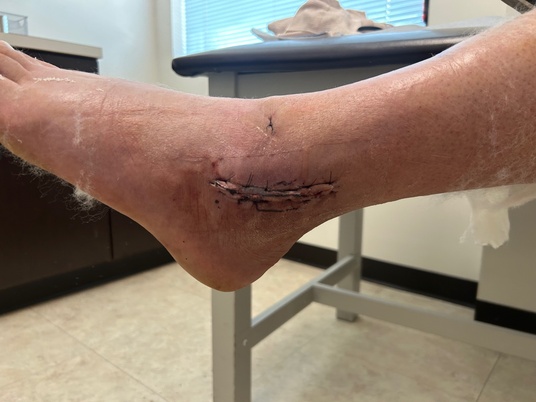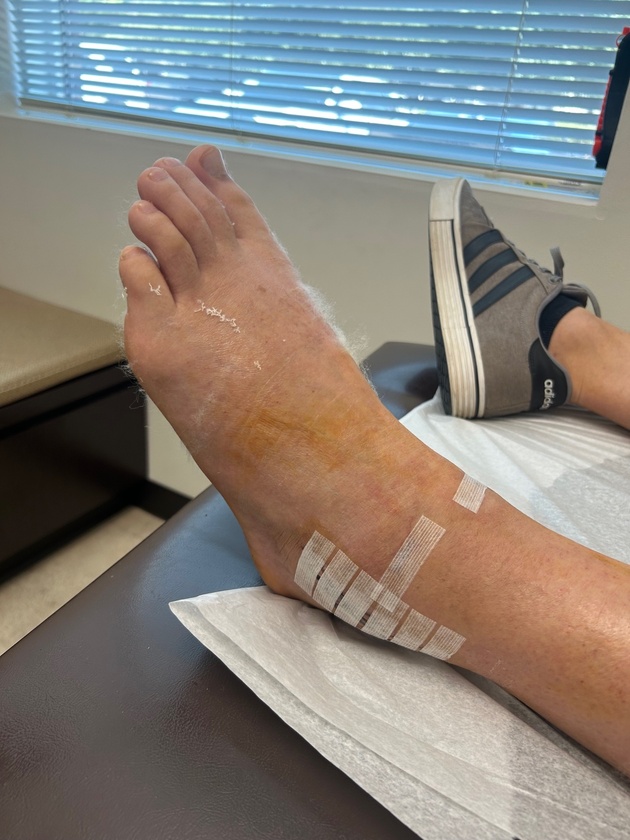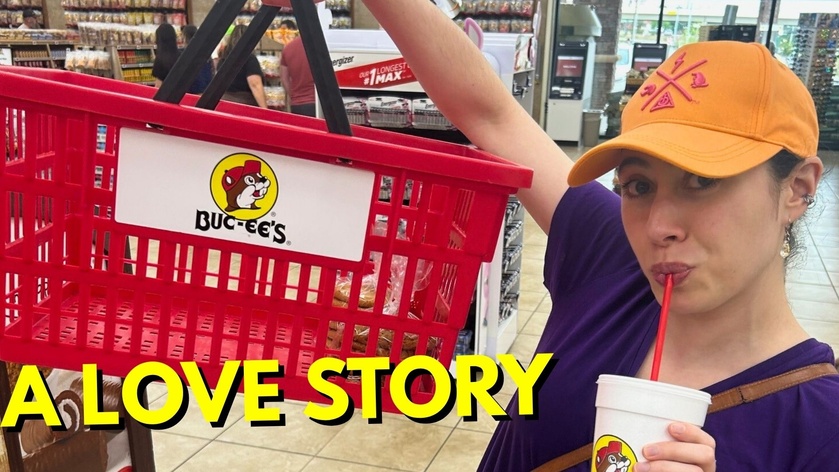Awhile back, AtariAge asked the question of what you would do if you were the CEO of Atari in 1983. This was written in the span of an hour, while Dad (A musician) was performing his first set of the night at the Coal Miner's Lounge in Milton, WV.
==============================
"It's 1983 and you're the CEO of Atari. You've got plans to make for the future of the company. Tell me what you would do to keep Atari on top of the video game market."
How to salvage Atari in 1983:
1.) Do not spend insane amounts of money for licenses. E.T. comes to mind, but unfortunately, I would also have to haggle for Superman, Space Invaders, Defender, Dig Dug and Pele. Speaking of licenses......
(NOTE: Atari spent around the ballpark number of 57 million dollars to get the licence for E.T., rush development of the game, market it, and shove seven million units into the stores just in time for Christmas)
2.) Pac-Man needs to be tested by outsiders, not suits. We know that with time, you can make a decent Pac-Man for the 2600.
(See Pac-Man 8K, a fangame that looks closer to the coin-op than the prototype that Atari published and shoved TWELVE million units out in time for Christmas. Notice a pattern? Unfortunately, this was already out by the time I'm assuming the Chairman spot, so I screwed up here. BUT we can fix this by offering free exchanges via mail-in vouchers; Trade in your shitty Pac-Man cart for a new version made under Atari's new leadership. Yes, we'll be eating the cost, but hey: We've already saved bookoos of cash by not forking over 57 million for E.T., so we've got a little money to burn, and goodwill pays back in spades)
3.) The marketing campaigns need to be retooled. The 5200 is in development, but it's not too late to refrain from saying your shitty Pac-Man was the Coleco version. Don't lie; Your shitty Pac-Man is already in thirty million homes, your customers can smell bullshit.
(Yes, in Atari's 5200 ads, they showed footage of their botched Pac-Man game, and claimed it was their competition's product. I can only assume marketing was assuming their customers were stupid. At the time of writing, I wasn't aware that the 5200 was already out in 1982, so the damage has already been done. But this can be fixed alongside #4, details in the next note.)
4.) Extended product testing. The 5200 controllers were easy to malfunction and break, so an optional adapter to use original DE-9 devices (Atari 2600, Commodore, Sega MS and MD, etc) would be beneficial. Send vouchers to all who filled out those registration cards to trade in the analog joysticks for adapters, free of charge. You'll eat the cost, but selling consoles and 1st-party games will more than make up for it.
(For both problems with the 5200, I would have to call a press conference to address the issues. The world has to see that we are taking responsibility for this colossal blunder, because we WANT our customers to come back and buy our products.)
5.) NOTE: This one is being written along with the notes in parenthesis: Call Ralph Baer and attempt to improve relations. The lawsuits, unfortunately, created some bad blood between the two entities over Table Tennis (Pong), so there's no telling what would happen. But hopefully a working relationship can eventually form from talks.
The glut of samey games is inevitable. The crash is inevitable, but at least Time Warner will be in a better position to at least not sell to Commodore owner Jack Trammel, who DID fire 90% of the workforce. And Nintendo might not be as squeamish to partner up to distribute the Famicom as the Advanced Video Computer System. Which would save Atari the money in developing the 7800.
And maybe then we'd have a better version of Ninja Golf, and I'd be calling my friends over with my Atari Telectra. :3
(Because the crash happened, Nintendo put a moritorium on publishers to only put out five games a year, to prevent a flood of games that look alike. But if the crash is mitigated or lessened, the limit might not be there, and Capcom, Konami, Data East, Technos and others wouldn't have to pick and choose which games to localize)
(The Telectra was Atari's attempt to enter the consumer telephone market. Picture a business phone, but using the electrical grid as the bandwidth grid to plug in additional phones. The designs and patents were sold to Mitsubishi while owner Jack Tramiel was firing everyone, cancelling the Swordquest contest, postponing the release of the 7800, and gutting the R&D department)
Part 2: Developers, and surviving the 90s.
1.) I would wait until after Activision is formed before "waking up" and crediting programmers. Most likely if David Crane stayed, we would have been robbed of Pitfall and Ghostbusters. Mark Turmell would not have made Toy Bizarre (Nor would he go on to develop Smash TV, Total Carnage and NBA Jam), and whomever it was that made H.E.R.O. would not have made.... well.....that.
After surviving the crash and partnering with Nintendo, develop a working relationship with Commodore, help transition computer software houses by getting them SDKs for the AVCS. In return, offer Commodore licenses for first-party games. We'll also be retiring the Atari computer line and giving Commodore some relief in the competition, who hopefully still forced out Jack Tramiel over his cost-cutting over product testing and other shenanigans.
Oh, and make sure there's an expansion port for the AVCS that let's you play 5200 and 2600 games. No sense throwing those old games away. But also develop a prototype adapter to accept Coleco and Intellivision games. Because we're going to take a gamble.........
2.) The crash has happened, and Coleco and Mattel may or may not have taken critical blows as a result. Make an offer to buy Coleco and Mattel's gaming divisions. After Universal suffered the humilating legal defeat at the hands of Nintendo, Coleco, who was suckered in by Universal's legal teams, might be willing to unload the computer and gaming divisions to us.
One of four scenarios might play out:
2A.) Coleco and Mattel refuse the offers and choose to develop new consoles.
2B.) Coleco refuses and makes a similar deal to distribute the MSX which shares the same architecture as the Colecovision. While Mattel partners up with some other company or bows out entirety or something.
2C.) Both companies accept the offer and Atari scoops up their developers and patents.
2D.) Both companies talk to each other, learn of our offer to buy them out, decide to merge their gaming divisions into some freak of nature company.
3.) The new landscape will still see some stiff competition between Atari, Commodore, Apple and Texas Instruments, and eventually SEGA and NEC will enter the North American market. But at least Atari will be in a better position in the 8-bit era, and hopefully will get dibs to distribute the Super Famicom in 1990. During all this time, we will be instructing Atari R&D to work closely with Nintendo and take notes. We can't keep riding Mario's gravy train forever. Also, keep an eye on that collab between Nintendo and Sony. We might want to get in on this newfangled CD-ROM business. Take more notes.
4.) If we're practically printing money by 1988, it might be a good time to make a bid to acquire Commodore. We could refit and use the Amiga line to build and market new SDKs, for whomever we're partnering with after the Chicago CES in 1991.
(Referencing the messy fallout of the SNES CD project that Sony eventually used to make the Playstation and dominate the gaming industry for close to 15 years.)
5.) Providing that #2 and #4 are a success, take all the notes from Atari R&D, and use that wealth of new tech to develop a new 32-bit CD console, the Atari Amiga. Complete with the relationships formed with the 3rd-party Commodore dev houses, Activision, Electronic Arts, Epyx, and the combined studios of Coleco and Mattel's former gaming divisions. Make sure there's a serial port available for plugging in various cartridge adaptors; After all, we don't want our customers to feel that they need to throw their old games away.
Oh, and see if we can get that exclusivity deal with Midway-Williams.
6.) Slowly but surely absorb the Commodore dev houses into Atari, DO NOT FIRE ANYONE, we need that talent. Start a division within Atari for the sole purpose of overlaying new 16/32-bit graphics over 8-bit sprites, and porting all of the 1980s games to PC and Mac. While we're confident in our 32-bit console, it never hurts to have a backup plan in case, god forbid, we need to eject the hardware division and go 3rd-party. Also, start looking into this new Digital Versitile Disc technology. Never hurts to have access to a disc that can hold moar data.
By now, the landscape has definitely changed. Whether Nintendo, SEGA and Sony are hurting over our Amiga console is not our concern, what matters is now we have a new army of home-grown development houses based here in the States and in some parts of Europe to hold our own, and maybe also have the 3rd party support of some of the major players.
ADDENDUM
Yes, this is a long wall of text, but again, it was a fun thought experiment to where I could play around with what really happened and make Atari one of the larger forces in the industry for longer than it actually was.
In reality, Atari suffered hard, starting in 1984 and never truly recovered. It tried stealing some of Nintendo's thunder with the 7800 and XE and failed miserably. Hardly anyone considered the Lynx a contender for the portable market. And when they made one last try with the Jaguar, Atari was promptly laughed out of the industry, at least until the French developer of the Smurfs and Tintin games scooped them up.
Atari was already making mistakes by 1983, but when Jack Tramiel bought the company, he did the equivalent of taking a happy and energetic puppy, and gave it crippling clinical depression and a heroin addiction.
And on that note, I'll bow out.




















